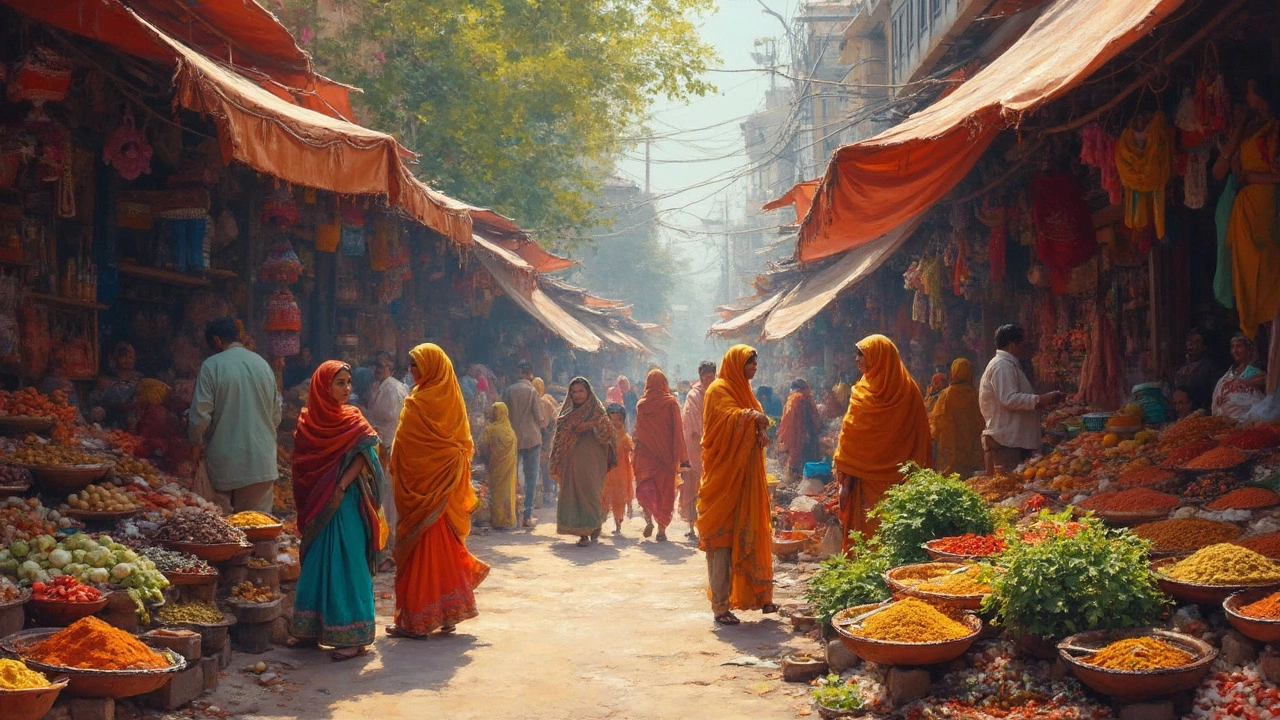Indian Vegetarian Cultures: What Makes Them So Unique?
Ever wondered why vegetarian meals in India feel so lively and full of flavor? It’s not just about skipping meat – it’s a mix of religion, climate, and centuries‑old cooking tricks. From the tangy sambar of the south to the fluffy rotis of the north, each region has its own plant‑based heroes.
Key Vegetarian Staples Across Regions
In the south, lentils rule. Dal in its many forms – toor, moong, urad – is the everyday protein punch. Pair it with rice, idli, or dosa, and you’ve got a balanced meal in minutes. The south also loves coconut, tamarind, and mustard seeds, which give dishes that bright, sharp edge.
Travel north, and you’ll meet chaat and puri‑bhaji. Here wheat flour shines in rotis, parathas, and stuffed breads. Paneer, a fresh cheese, is a staple in dishes like palak paneer or shahi paneer, adding richness without meat.
East India leans on mustard oil and poppy seeds. Patra (steamed leafy rolls) and pakhala (fermented rice water) showcase the love for tangy, fermented flavors. In the west, peanuts, peanuts‑based chutneys, and millets dominate, especially in Gujarat’s famous dhokla and the Maharashtrian thali.
How to Embrace Indian Vegetarian Cooking at Home
Start with the basics: a good spice blend and a reliable lentil stock. If you’re new to Indian spices, grab cumin, coriander, turmeric, and a pinch of asafoetida (hing). Toast them lightly in oil – the aroma will tell you they’re ready.
Next, master the art of the tempering (known as tadka). Heat oil, throw in mustard seeds, dried red chilies, and a few curry leaves. Once they pop, pour the hot mix over cooked dal or vegetables. It adds a burst of flavor without extra effort.
Don’t forget the lid trick for chutneys. When you simmer a tomato‑onion chutney, keep the lid off to let excess water evaporate; this gives you a thick, clingy sauce perfect for dipping. If you want a smoother texture, blend it and add a splash of tempering.
For a festive touch, try simple sweet swaps. Replace refined sugar in gulab jamun with jaggery or date syrup for a lower‑glycemic version that still feels indulgent. The same go‑ahead works for laddus – use roasted chickpea flour (besan) and a drizzle of honey.
Finally, stay flexible with ingredients. If a recipe calls for paneer and you can’t find it, crumbled tofu or even firm cheese works in a pinch. The goal is to keep the protein level high while staying true to the spice profile.
Indian vegetarian cultures aren’t a single cuisine; they’re a tapestry of flavors, rituals, and smart cooking hacks. With a few pantry staples and the right techniques, you can bring that vibrant, plant‑based richness to your own kitchen any day of the week.
Vegetarian Traditions in Indian Cultures
Explore the rich tapestry of Indian cultures known for their vegetarian traditions. From different religious practices to diverse regional preferences, discover what drives vegetarianism across India. Learn about the tasty dishes each culture offers and find tips on how to enjoy these culinary delights. Delve into the history and unique features of vegetarian communities in India. Ideal for those curious about the blend of culture and cuisine.
